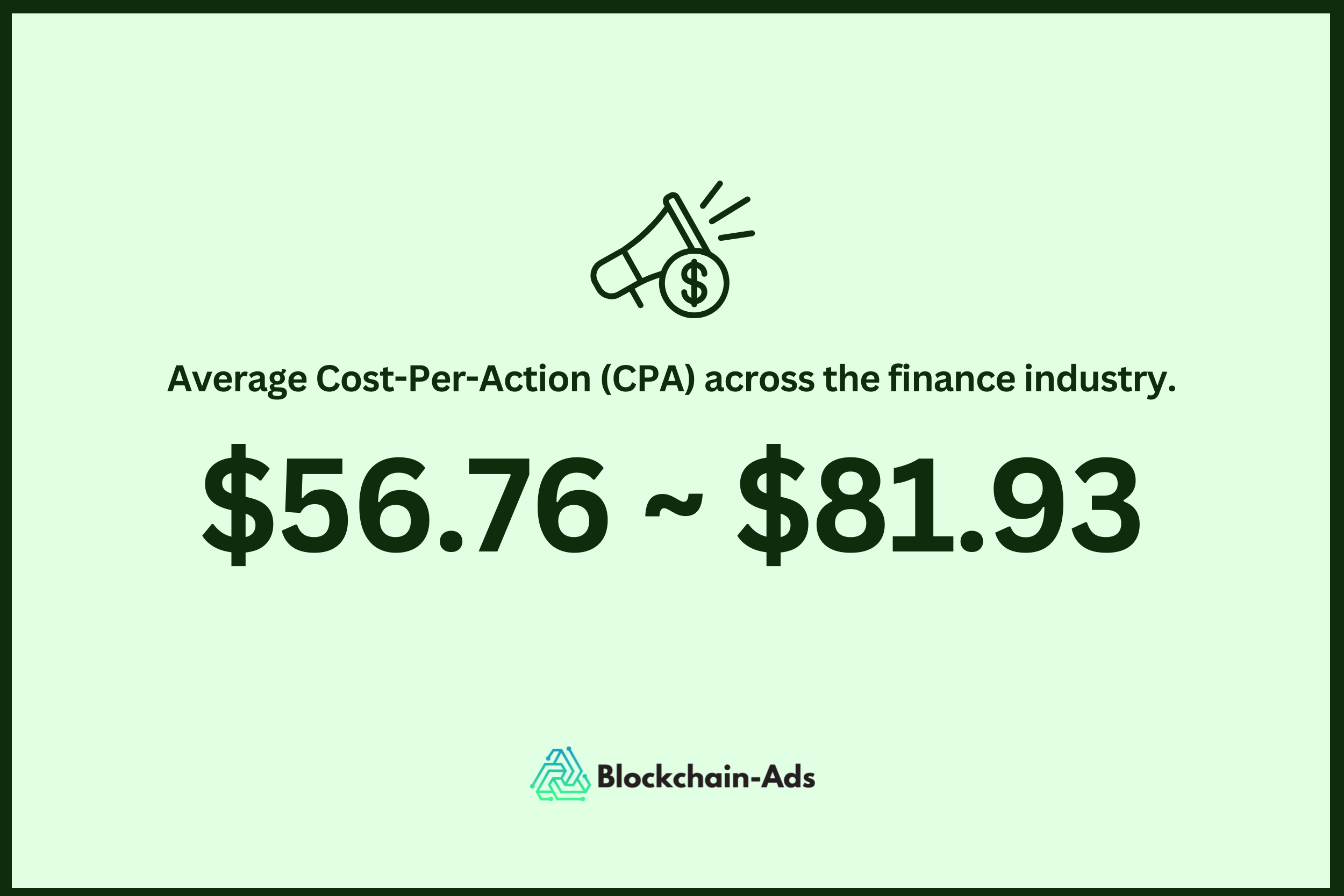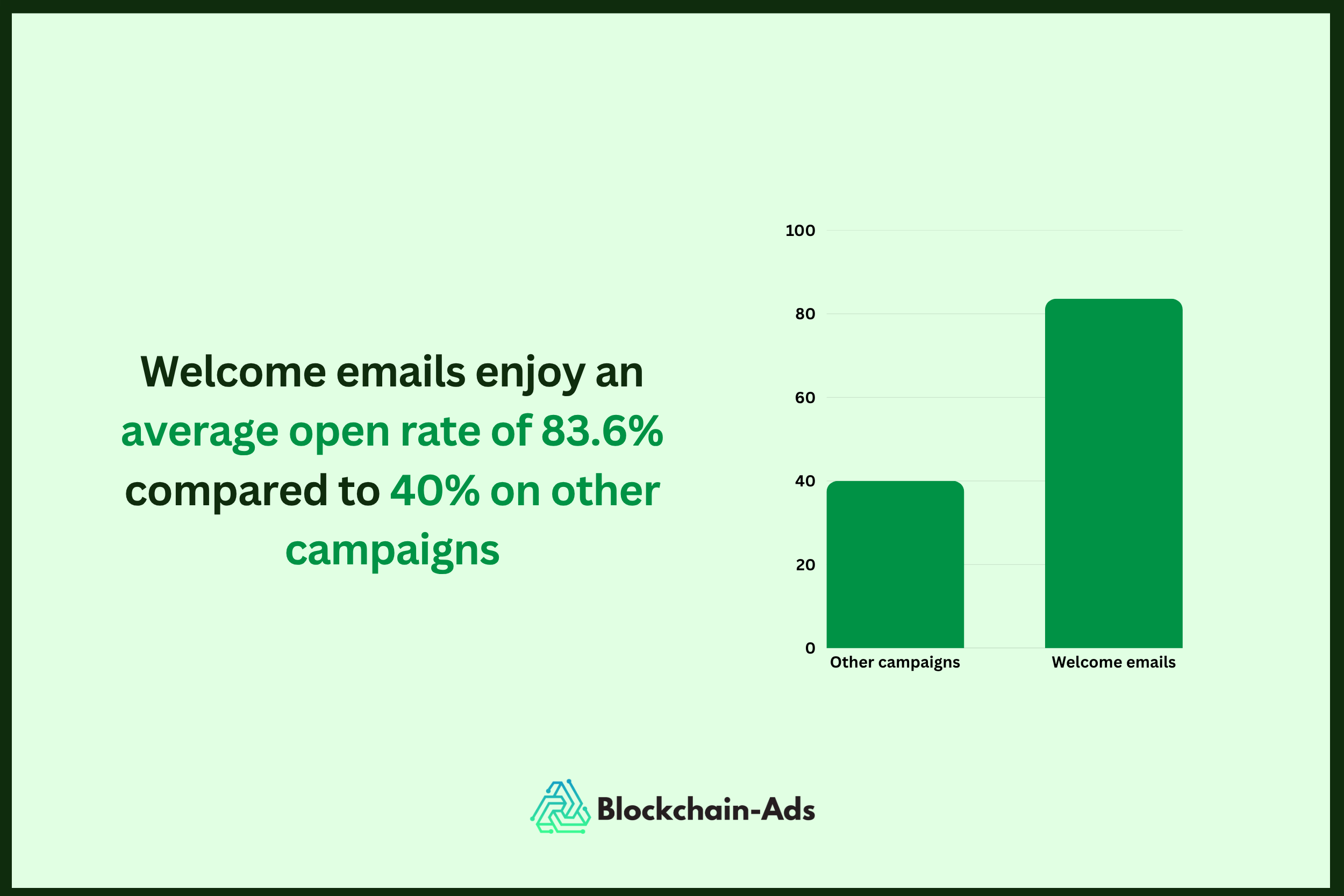金融マーケティング:金融機関向け10のデジタル戦略
2025年の金融マーケティング担当者は、急速に変化する厳しい業界環境に直面しています。銀行、決済、融資分野におけるデジタル広告費は20%以上の成長を続けています。
しかし、広告費の増加が必ずしも顧客獲得の増加を意味するわけではありません。各キャンペーンはハイリスクな投資となっています。クリック単価は上昇を続け、アトリビューション分析は複雑化の一途をたどっています。
さらに深刻なのは、プラットフォーム各社がターゲティングをAIの「ブラックボックス」に隠蔽していることです。自動化とアルゴリズムの高度化を理由に掲げていますが、マーケターの透明性は低下しています。
マーケティング責任者の皆様は、日々このような課題に直面されているのではないでしょうか:
- ROIを確実に証明できるのか?
- 広告予算は本当に適切なターゲット層に届いているのか、それとも不透明なアルゴリズムの中で消えているのか?
- 競争に勝ち抜くスピードを維持しながら、どのようにコンプライアンスを確保すればよいのか?
金融業界において、マーケティングの成功は華やかなクリエイティブだけでは達成できません。重要なのは、精度の高さ、コンプライアンスの徹底、そして1円単位での費用対効果への厳格な説明責任です。
本ガイドでは、金融商品・サービスのマーケティングにおける効果的な戦略を解説いたします。主流市場と規制対象分野の両方をカバーし、あらゆる金融事業者様に適用可能な内容となっています。
金融マーケティングとは
金融マーケティングとは、金融機関やサービスプロバイダーが自社の商品を宣伝し、信頼を構築し、顧客を獲得・維持することで、最終的に事業成長を実現するための戦略と活動を指します。
具体的には、銀行サービス、保険、投資商品、ファイナンシャルプランニング、資産運用、フィンテックソリューションなど、個人・法人・機関投資家向けの金融商品・サービスのマーケティングが含まれます。
金融マーケティングは人々の資産と生活に直接影響を与えるため、「Your Money or Your Life」(YMYL)カテゴリに分類されます。この領域では、信頼性、正確性、信用が極めて重要となります。
また、デジタル広告において最も競争が激しい分野の一つでもあります。このニッチ市場は、業界内で最も高額なキーワード単価を記録しています。
さらに、金融マーケティングのアプローチは、何を宣伝するか、誰をターゲットとするかによって大きく異なります:
- 商品とサービスの違い:アプリやデビットカードなどの金融商品と、プランニングや決済処理などのサービスでは、マーケティング戦略が異なります。
- B2BとB2Cの違い:個人消費者(B2C)と法人(B2B)では、トーン、複雑さ、チャネル、関係構築方法が大きく異なります。
金融業界向けデジタルマーケティング戦略10選
2025年の金融マーケティングは、単に多くの人にリーチすることではありません。適切な人に、適切なタイミングで、適切なメッセージを届けることが重要です。
本ガイドでは、以下10の戦略を詳しく解説いたします:
- パフォーマンス広告
- コンテンツマーケティングとSEO
- AIパーソナライゼーション
- PR・スポンサードコンテンツ
- フィンフルエンサーパートナーシップ
- コミュニティ構築
- ウェビナー・バーチャルイベント
- リファラル・ロイヤルティプログラム
- B2B金融向けアカウントベースマーケティング(ABM)
- 屋外広告(OOH)・デジタルOOH広告
また、成功確率を高めるための追加戦略もご紹介いたします。
金融マーケター向けにカスタマイズされたパフォーマンス広告で、測定可能な成果を実現します。
アクセスをリクエスト1. パフォーマンス広告
パフォーマンス広告は金融マーケティングの中核を担っています。現在は、単なる広告費増額ではなく、精度の高さに重点が置かれています。
金融ブランドは、Google広告、Blockchain-Ads、Meta広告、LinkedIn広告を活用して需要を獲得しています。
しかし、顧客獲得単価(CPA)が上昇する中(金融キーワードの平均は約56.76ドル)、一般的なキャンペーンではもはや十分な成果を上げられません。大手代理店は、クライアントが広告費を削減していると報告しています。そのため、マーケターは詳細なターゲティングとニッチオーディエンスに注力する必要があります。

先進的な金融マーケターが実践している施策:
- 小規模なテストキャンペーンを実施し、効果的な手法を特定してからスケールアップ
- 明確性とコンプライアンスを重視した、広告からランディングページまでのシームレスな顧客導線の構築
- クリエイティブのバリエーションをテストし、コンバージョン率の高いビジュアルとコピーを特定
- Blockchain-Adsなどの金融特化チャネルをテストし、予算の10〜15%を配分
金融広告主は、Blockchain-Adsにおいて他のプラットフォームの一般的なディスプレイ広告と比較して25%高いコンバージョン率を達成しています。
2. コンテンツマーケティングとSEO
2025年のコンテンツマーケティングは、Googleランキングだけを目指すものではありません。Perplexity、ChatGPT、GoogleのAI Overviewsなど、AI検索エンジンでの可視性が重要になっています。

これらのツールは、人々が金融情報を探す方法を変革しています。明確で信頼性が高く、体系的に整理されたコンテンツが求められています。キーワードを詰め込むだけでなく、ユーザーの質問に直接答えるコンテンツが必要です。
この変化により、コンテンツは金融マーケターにとって重要な投資対象となっています。ブログ記事やソートリーダーシップコンテンツにより、権威性を高め、オーガニックトラフィックを獲得できます。SEO最適化されたコンテンツは、AI検索結果での認知度向上に貢献します。これらの結果は、従来の青いリンクではなく、要約された回答を表示することが増えています。
世界の金融市場は2025年までに3,950億ドルに達すると予測されています。この成長の多くは、人々が信頼できる情報を求めていることに起因します。口座開設やサービス登録の前に、検索エンジンやAIツールを通じて情報を探索するのです。
3. AIパーソナライゼーション
金融マーケターは、AIを活用してチャネル全体で顧客体験を向上させています。
2025年には、約85%の金融サービス企業が業務にAIツールを導入する見込みです。マーケティング分野では、メール、アプリ、ウェブサイトを大規模にカスタマイズできることを意味します。マーケターはファーストパーティデータを分析し、パーソナライズされたメッセージを作成し、関連商品を提案し、実際の行動に基づいてユーザーをガイドします。
メールマーケティングは特に重要な役割を果たします。ウェルカムメールは他のタイプを大きく上回る成果を示しています。最近のベンチマークでは、平均開封率が83.6%に達しています。一方、通常のキャンペーンは30〜40%の開封率にとどまっています。

マーケターはAI駆動のメールフローを活用し、新規ユーザーを歓迎し、教育し、信頼関係を構築しています。これらのメールは個別性が高く魅力的で、人間らしいつながりを生み出します。
効果は明確です。パーソナライゼーションにAIを活用する企業は、マーケティングコストを約20%削減しています。また、コンバージョン率が15%向上しています。
一部のケースでは、パーソナライゼーションにより運用コストが30%削減され、顧客維持率が35%以上向上しています。
4. PR・スポンサードコンテンツ
PR・スポンサードコンテンツは、2025年においても金融マーケティングの重要な要素です。評判が極めて重要な業界において、信頼性と信用を構築する助けとなります。
世界のPR業界は着実に成長しています。2023年に1,070億ドルに達し、2027年までに1,340億ドルに達すると予測されています。この成長は、特に金融分野のブランドが、獲得メディアとストーリーテリングに高い価値を置いていることを示しています。
金融マーケターにとって、現代のPRはプレスリリースだけではありません。価値あるストーリーの共有が重要です:
- 顧客の成功事例
- 実際の課題を解決する商品アップデート
- 透明性と専門性を示す経営陣からの洞察
スポンサードコンテンツも非常に重要です。Yahoo Finance、Cointelegraph、Financial Timesなどの信頼できるメディアでの有料記事により、ブランドはオーディエンスにより効果的にリーチできます。このアプローチは、通常の広告よりも信頼性が高いと感じられます。
PR・スポンサードコンテンツは、金融業界のYMYL性と完璧に合致しています。人々は資産を任せる相手を慎重に選びます。PR・スポンサードコンテンツにより、マーケターは複雑な概念を分かりやすく説明できます。また、顧客が関与する前に、ブランドが専門家であることを示せます。
5. フィンフルエンサーパートナーシップ
2025年、より多くの金融ブランドがフィンフルエンサーと提携しています。フィンフルエンサーとは、信頼構築とリーチ拡大を支援する金融コンテンツクリエイターです。
約86%の米国マーケター(全業界)が2025年にインフルエンサーマーケティングを活用する計画です。予算は堅調です:80%のブランドがインフルエンサー投資を維持または増額し、その半数近くが予算を11%以上増額しました。
金融分野では、80%の米国企業が現在インフルエンサーを活用しており、ROIの中央値は160%と報告されています。
フィンフルエンサーキャンペーンは、マイクロ・ミッドティアのクリエイターと連携します。これらのクリエイターは、標準的な広告よりもはるかに高い6〜7%のエンゲージメント率を獲得しています。また、投資アプリや暗号資産ツールなどの金融トピックを分かりやすく説明する本物らしさを提供します。
ただし、フィンフルエンサーパートナーシップには注意点があります。約32%のマーケターが「クリエイターのパフォーマンス測定の困難さ」を最大の課題として挙げています。
また、一部のインフルエンサーは検証なしでアドバイスを宣伝したり、重要な情報を開示しなかったりします。これにより、コンプライアンス問題が発生する可能性があります。
例えば、米国証券取引委員会(SEC)は2月にインフルエンサーの非開示を理由にVanEckに180万ドルの罰金を科しました。金融マーケターは、クリエイターを慎重に審査し、すべてのパートナーシップにコンプライアンスチェックを組み込む必要があります。
それでも、フィンフルエンサーマーケティングは成果を上げています。Instagram StoriesやTikTok Livesなどの短尺・ライブコンテンツが増加しています。52%以上のキャンペーンがリアルタイムエンゲージメントに活用しています。各キャンペーンで1〜5人のクリエイターと提携するブランドは、確実なリターン、コントロール、一貫性を享受しています。
6. コミュニティ構築・エンゲージメント
金融ブランドは2025年、コミュニティ重視の戦略も優先しています。ほぼ90%の銀行・フィンテックが、コミュニティ機能によりユーザーロイヤルティが向上したと報告しています。これらの機能には以下が含まれます:
- メッセージンググループ
- フォーラム
- 限定イベント
米国では、73%のスマートフォンユーザーが2024年に毎月フィンテックアプリを利用しました。この傾向は、アプリ内コミュニティが強力な顧客維持ツールであることを示しています。
コミュニティ構築は顧客維持だけでなく、マーケティング資産でもあります。Discord、Telegram、Redditにオンラインフォーラムを持つブランドは、コミュニティを持たないブランドと比較して最大5倍の紹介を獲得します。これらのプラットフォームにより、マーケターはアップデートを共有し、Q&Aを実施し、ピアツーピアサポートを構築できます。このエンゲージメントにより、アクティブユーザーがブランドの擁護者に変わります。
コミュニティは管理されたテスト環境としても機能します。金融企業はこれらを活用して:
- 新機能やコンテンツをパイロット展開
- リアルタイムフィードバックを収集
- マーケティングパートナーシップのためのブランド擁護者を特定
7. ウェビナー・バーチャルイベント
金融マーケターは2025年以前からウェビナーを効果的に活用していました。今年、大規模イベントに費用をかけずに適格な見込み客を獲得するための重要な手段となっています。
業界ベンチマークによると、一般的なウェビナーの登録から出席への転換率は約57%です。各セッションは約216人の出席者を集め、昨年と比較して出席率が7%上昇しています。一般的なセッションは51分続き、登録者のほぼ半数がオンデマンド版も視聴しています。
B2Bマーケターの89%近くが、ウェビナーが最も適格な見込み客を獲得すると考えています。他のチャネルよりもさらに効果的であると評価しています。また、広範なランディングページと比較して、ウェビナー登録ページは最大59%のコンバージョン率を達成します。
パフォーマンスは形式と構造により異なります。45分未満で、投票やQ&Aセッションなどのインタラクティブ機能を備えたウェビナーは、出席者のエンゲージメントを維持します。セッションが「販売色が強すぎる」と感じられると、78%の出席者が離脱します。
ただし、小さな変更が大きな違いを生む可能性があります。明確なアジェンダ、セッション中の迅速な投票、ライブQ&Aは、離脱率を減らし、オーディエンスエンゲージメントを高めます。
8. リファラル・ロイヤルティプログラム
リファラルプログラムは現在、トップ金融アプリの新規顧客登録の最大30%を占めています。紹介された顧客は、他のチャネルからの顧客と比較して25%高い生涯価値を持っています。
手数料免除、キャッシュバック、プレミアムアクセスなどのロイヤルティプログラムは、リピート利用を促進し、解約率を低下させます。報酬を提供する銀行・フィンテック企業は、年間最大18%高い顧客維持率を示しています。
最も成果を上げているプログラムはシンプルで透明性があります。例えば、「20ドルを贈って20ドルを受け取る」「友達1人ごとに1ヶ月無料」などは効果的です。明確でシンプルなため、共有しやすくなっています。また、人々は本当に使用して満足しているサービスを推奨する可能性が高いため、信頼も強化されます。
重要なことに、リファラル・ロイヤルティプログラムはコンプライアンスにおいて重要な役割を果たします。規制リスクを最小化するために、明確なオプトインと明確な報酬に依存しています。金融では、信頼が極めて重要です。このようなプログラムは、新規ユーザーを獲得し、ブランドの信頼性を強化し、顧客満足度を向上させます。
9. B2B金融向けアカウントベースマーケティング(ABM)
2025年、アカウントベースマーケティングはB2B重視の金融企業にとって効果的です。実際、94%のB2Bマーケターが現在ABMを活用しており、90%がより広範なアプローチと比較してより高いROIを報告しています。
ABMは、最も重要なアカウントに焦点を当てることで優れた成果を上げます。すべての人にリーチするのではなく、マーケターは高価値ターゲットを正確に特定します。各組織のニーズに合わせて設計されたパーソナライズされたコンテンツとアウトリーチを提供します。
このアプローチは効果的です:B2Bチームの58%がより大きな取引規模を報告しています。また、61%は、マーケティングと営業が連携すると、より良いパイプライン品質を確認しています。
より深いパーソナライゼーションは、関係も強化します。約30%のABMユーザーが、C-level経営幹部とのエンゲージメントが2倍になったと報告しています。
先進的なフィンテックABMプログラムは、AI、インテントデータ、予測分析を活用しています。現在、75%がインテントシグナルを使用して市場内の購入者を特定しています。また、79%がAIツールを適用してアウトリーチをカスタマイズしています。
結果は?広範なリード生成からターゲットエンゲージメントへの移行は、明確なメリットをもたらします。取引規模が増加し、成約率は最大38%上昇する可能性があります。
さらに、収益への影響は他のチャネルを上回ることが多くあります。
10. 屋外広告(OOH)・デジタルOOH広告
金融機関は、OOH広告を大々的に復活させています。2025年第1四半期、米国のOOH広告収益は記録的な19.8億ドルに達しました。デジタルOOH(DOOH)は現在、その合計の34%以上を占め、年率9%で成長しています。
OOHは、他のメディアが苦戦する分野で勝利します。平均して、広告は12秒間注目を集め、90%の広告が記憶インパクトマークに到達します。これにより、OOHは記憶定着の点でデジタルよりも5.9倍の優位性があります。
金融ブランドにとって、これは大規模で強力なインパクトを意味します。特に、都市部、交通ハブ、空港などの混雑した場所で顕著です。
プログラマティックDOOHはこれをさらに進化させます。金融マーケターは、リアルタイムデータを使用してパーソナライズされたメッセージを配信できます。このデータには、場所、時刻、人口統計パターンが含まれます。
通勤者が多いエリアで早朝に表示される金融広告や、登録週間中に大学近くのスクリーンに表示される銀行プロモーションを想像してください。この種の精度により、OOHはクリエイティブでありながら管理可能になります。
つまり、OOHは単に「大規模に展開するか撤退するか」ではありません。デジタルマーケティングと並ぶ高インパクトでデータ駆動型のチャネルになりつつあります。スクリーンタイムが終わり、実世界でのエンゲージメントが始まる場所のギャップを埋めています。
追加の金融マーケティング戦略
主要な戦略に加えて、金融マーケターが活用する追加戦略があります。これらの戦略は、各ユーザー関係の価値を高めます。特に、銀行、投資、決済、保険などの分野で有効です。
言及すべき重要な戦略:
- アプリ内マーケティング・クロスセリング:金融アプリは30日目までにユーザーの95%以上を失い、中央値リテンションは約4〜9%です。トレーディングコンペティションやプレミアム機能の促進などのアプリ内プロンプトは、非アクティブユーザーを呼び戻すのに役立ちます。また、顧客生涯価値も向上させます。
- アプリストア最適化(ASO):平均して、App Storeページビューの53〜55%がインストールに転換します(iOSで35.5%、Androidで53.5%)、これによりASOはオーガニックアプリ成長の重要なチャネルとなります。
- ゲーミフィケーション:金融ゲーミフィケーションは、ゲーミフィケーションされていないアプリと比較して、ユーザーエンゲージメントを100〜150%向上させます。
2025年の金融マーケティングを成功させる
2025年、金融マーケティングは精度とパーソナライゼーションに重点を置きます。これらは、この「Your Money or Your Life」(YMYL)業界で信頼を獲得するために不可欠です。
差別化を図るために、金融ブランドは広範なキャンペーンから次のようなデータ駆動型戦略に移行する必要があります:
- Blockchain-Adsなどの専門プラットフォームでのパフォーマンス広告
- AI検索エンジン向けに最適化されたコンテンツ
- 本物のコミュニティエンゲージメント
これらの戦略に注力することで、金融マーケターはすべての予算を賢明な投資に変えることができます。このアプローチは成長を促進し、強固な顧客関係を構築します。
資格を取得してアクセスする ブロックチェーン広告
ロレム・イプサム・ドロール・サイト・アメット、コネクター
クイック定義

現在のパートナーの何人かと話してください
すべての成功事例を見る

1200万以上にリーチ
10,000以上のウェブサイトと37のブロックチェーンでWeb3ユーザーをエンゲージしました。






.avif)
.png)





